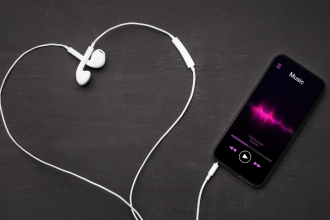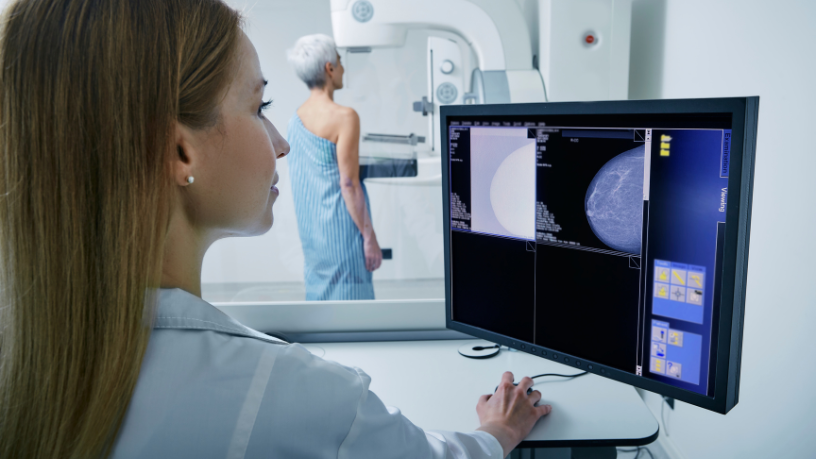Preparation for imaging exams is a crucial step to ensure accurate diagnoses and patient safety. According to Dr. Thaline Neves, each type of exam has specific requirements, ranging from dietary restrictions to the use of appropriate clothing. With that in mind, throughout this article you will find clear information about fasting, clothing, contrasts, and what to expect before different exams.
Why is preparation so important for imaging exams?
Preparation for imaging exams is not just a formality; it is a factor that can directly affect the final result. According to Thaline Neves, exams such as CT scans, MRIs, and ultrasounds require specific care, as any oversight may alter the medical interpretation.
In addition to contributing to clearer images, following the recommendations reduces the need to repeat the exam. This lowers radiation exposure in some cases and prevents delays in treatment. As a result, patients benefit from greater safety, efficiency, and comfort throughout the process.

Which exams require fasting, and why?
One of the most common aspects of preparing for imaging exams is fasting. As explained by Dr. Thaline Neves, owner of Clínica View, having an empty stomach prevents interferences that may compromise evaluation, especially in abdominal exams.
That said, fasting time varies depending on the procedure. For some exams, 4 to 6 hours may be enough, while others require longer periods. This practice also helps reduce the risk of nausea in cases where contrast is administered. Ultimately, the best approach is always to confirm in advance the specific instructions for the scheduled exam.
What are the most appropriate clothes to wear for imaging exams?
Clothing is also part of the preparation for imaging exams. As mentioned by Dr. Thaline Neves, it is recommended to wear lightweight garments without metallic details. The presence of metal can compromise image quality and even make it impossible to perform the exam, especially in MRIs. Another important guideline is to remove accessories such as earrings, necklaces, watches, and belts before the procedure.
What should you know about the use of contrasts?
Some imaging exams use contrast agents to highlight internal structures of the body. As Dr. Thaline Neves points out, these products allow for a more detailed visualization of organs and blood vessels, making the diagnosis more accurate. Depending on the case, the contrast may be administered orally or intravenously. Before receiving it, patients are usually asked questions about allergies and medical history. This step is essential to reduce the risk of adverse reactions.
Main preparation guidelines for imaging exams
To make it easier to understand, here are some practical guidelines that are commonly required before exams:
- Controlled fasting: in many exams, patients must avoid eating for several hours.
- Proper hydration: in some cases, drinking water is recommended for better visualization of structures.
- Simple clothing: lightweight clothing without buttons or metal parts makes the exam easier to perform.
- Removal of accessories: watches, necklaces, and earrings should be removed to avoid interference.
- Use of contrast: when necessary, patients receive specific instructions on how to proceed.
These are general recommendations, but they may vary depending on the type of exam and each patient’s condition. That is why it is always important to follow the instructions given at the time of scheduling.
Preparing well for imaging exams ensures more reliable results
Ultimately, carefully following preparation guidelines for imaging exams makes all the difference in the quality of results and patient safety. Every detail, from fasting to clothing choice, contributes to an effective and smooth exam. When patients prepare properly, diagnostic accuracy increases and the need for repetition decreases. Paying attention to medical recommendations is, therefore, a key step in taking good care of your health.
Author: Clodayre Daine









